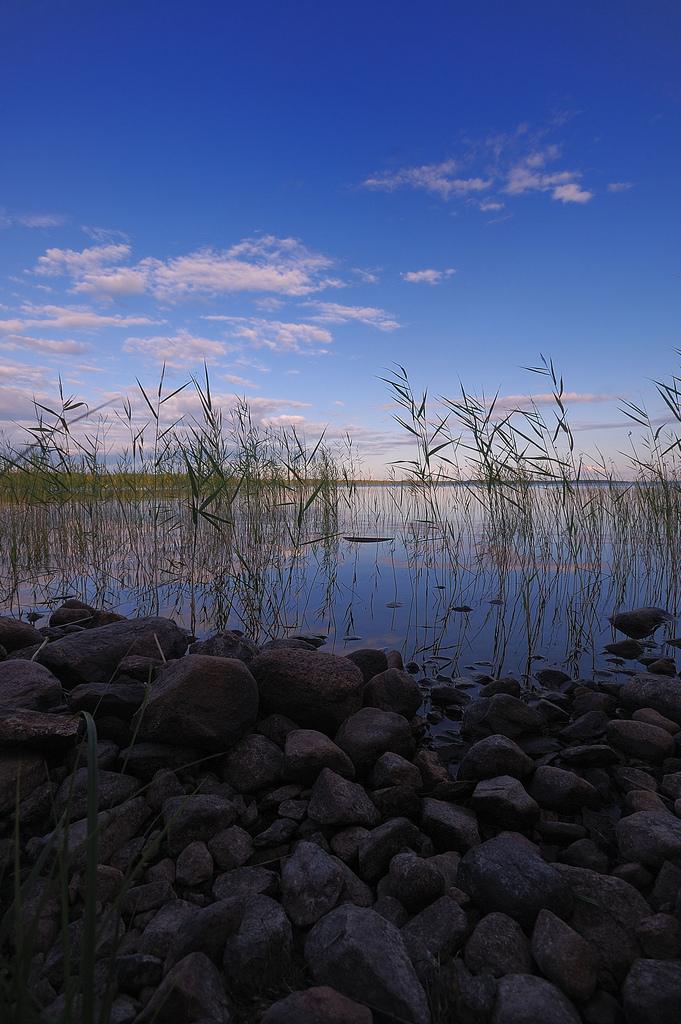Today I will give you three recommendations for an ultra wide-angle lens for your Nikon DX camera. As you might remember from this article (which you should definitely read before buying an ultra wide-angle lens), an ultra wide-angle lens for the DX system would be a lens with a focal length of 12mm or less.
For picking the three lenses for this comparison, I have set these limitations:
a) they should have a focus motor, so that they are fully compatible with all Nikon DSLRs, also entry level
b) they should have a very good value. In other words, I tried to choose lenses that offer great quality and performance, without forcing you to pay a fortune.
c) they should be designed and made as DX lenses; no FX solutions
With these in mind, the three lenses are the following:
The first thing you probably noticed is that all of the suggested lenses are third-party. We have one from Sigma, one from Tokina, one from Tamron. Is there anything wrong with Nikon's own offerings? No, I can't say that. The Nikon 10-24mm f/3.5-4.5 is a fine lens. It's also, however, almost twice as expensive as the Sigma. If you are one of those folks that want to buy only Nikon's own products, by all means, go ahead. As I said, it's a wonderful piece of glass. I, on the other hand, want to focus on value.
So, let's have a quick and to-the-point look at the thee lenses.
Sigma 10-20mm f/4-5.6
+ great value; for less than $400, you get a lot of goodness
+ fast, accurate, silent, and reliable autofocus
+ very good zoom range, it supplements well any 18-xx kit.
- on a 24MP sensor, pixel-peepers will notice some issues in the far corners. Photographers still won't mind (who notices the far corners of an ultra wide, anyway?)
- it never bothered me personally, but the Sigma has probably the most complex distortion of the bunch at the widest setting.
- being the slowest of the trio also means you'll start noticing diffraction on a 24MP sensor if you stop down even once (at least at the longest setting)
Tokina 11-16mm f/2.8
+ very good construction quality
+ f/2.8 is always great to have
+ very "benign" (=easy to correct) distortion for an ultra wide
- limited zoom range compared to the other two lenses
- no instant MF override; the AF/MF clutch has never been a favorite of mine.
- use hood and be careful with strong lights; susceptible to flare (f/2.8 comes at a price)
Tamron AF 10-24mm f/3.5-4.5
+ superb range (although, it has a significant overlap with any 18-xx zoom you have)
+ distortion is pretty consistent (and quite low) across the range
+ although not a constant f/2.8 like the Tokina, it's not an f/5.6 at the long end like the Sigma, either
- low quality autofocus motor, bit noisy and slow
- construction quality and design has never been Tamron's strong point. It's not that it's bad (the failure rate of my Tamrons has been similar to other lenses I've used), but the plastic - not to mention the AF squeaking - doesn't exactly inspire confidence.
- similar issues with the Sigma in terms of corners on a 24MP sensor. Again though, who cares, really?
Conclusions
There are no winners and losers in these kinds of comparisons. These are all great lenses, well-matched for the enthusiast DX user who wants to get into the world of ultra wide-angle photography. They are all great value (Sigma starts from less than $400, the others aren't much more expensive either). Notice also how I didn't mention anything about sharpness and stuff like that. They're all good enough (with some small variation, which for real-world use is irrelevant). It all comes down to scope:
- If you want the best value, get the Sigma. It's a bit slower in terms of aperture, yes, but it also features a superb autofocus mechanism and has great construction quality. Recommended for general ultra-wide photography, particularly landscapes in daylight.
- If you need performance - particularly in low light, the Tokina is the way to go. The f/2.8 is an awesome thing to have in low light. Recommended for street photography, performance, etc., particularly in low light.
- If you need a good all-around solution, the Tamron might be the best choice. Great range, decent performance, decent aperture speed, good and consistent distortion characteristics. Recommended for general ultra-wide photography.
Note: there are some older versions of the Tokina and the Tamron around, make sure to get the newest one, that has an autofocus motor (clicking on any of the photos/links on this article will take you to the correct product).
 |
| Ultra-wides can be awesome. This one is taken with the Sigma 10-20 |

No comments:
Post a Comment